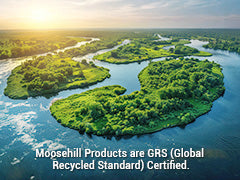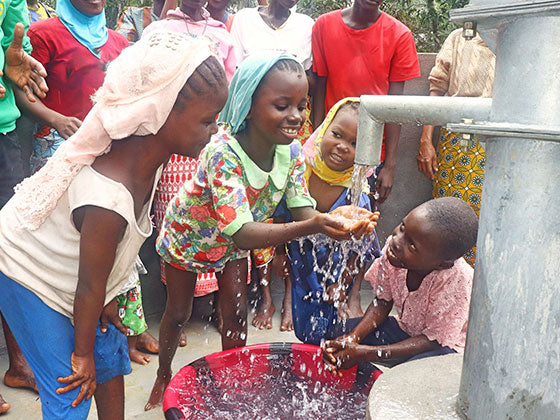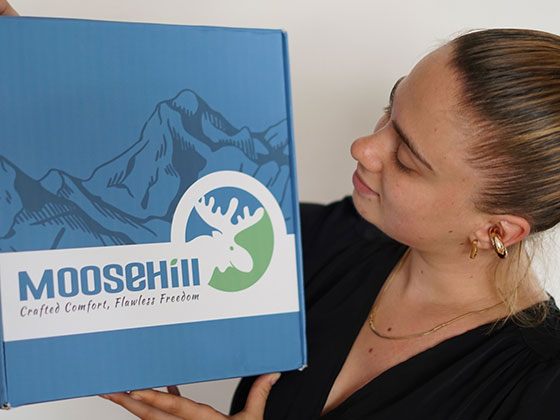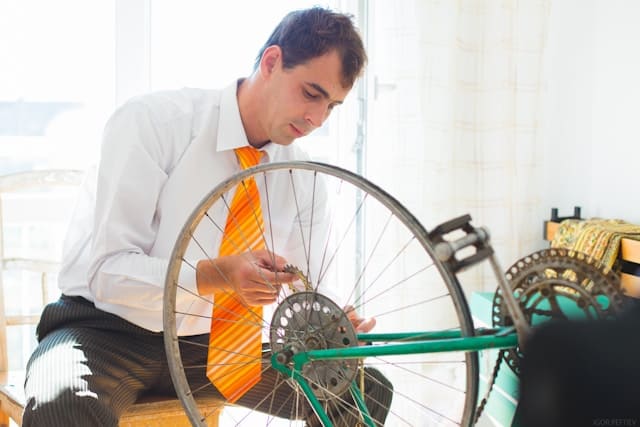Le moto sportive spesso subiscono scoppi di pneumatici durante le attività, il che dà spesso ad altri la falsa impressione che la moto non sia abbastanza robusta. In realtà, è solo una questione di probabilità. Poiché la distanza percorsa da una moto sportiva è diverse volte quella di una moto normale nello stesso intervallo di tempo, la probabilità aumenta diverse volte per questo motivo. Inoltre, poiché l'area principale di attività delle biciclette sportive è nelle periferie, le strade nelle periferie non vengono pulite da personale dedicato come quelle in città, quindi ci sono più oggetti estranei.
C'è anche un malinteso che molte persone credono che i pneumatici più sottili siano più soggetti a scoppiare. In realtà, più il pneumatico è sottile, maggiore è la pressione del pneumatico, e maggiore è la pressione del pneumatico, minore è la probabilità che scoppi.
Scenario 1: Forare dall'esterno
Misure preventive:
1. Quando si gonfia, assicurati di gonfiare l'aria sufficientemente. Se c'è un cilindro d'aria con un manometro, per favore gonfialo vicino al numero di pressione indicato sul pneumatico esterno. Se non c'è un manometro, sentilo con le dita. In generale, le biciclette da strada devono essere gonfiate fino a quando il pneumatico esterno non può essere facilmente pizzicato con le dita (da una mano maschile). La mountain bike può ancora essere pizzicata per abbatterla, ma si sente molto, molto dura quando viene pizzicata. I benefici di un'alta pressione dei pneumatici sono evidenti. Quando il pneumatico diventa duro, molte pietre appuntite, vetri rotti e altri oggetti rimbalzano e non possono penetrare. Riduce notevolmente la possibilità di essere forati.
2. Quando parcheggi e ti riposi, fai attenzione a controllare il pneumatico esterno per vedere se ci sono vetri rotti, piccoli pezzi di ferro, pietre o altri detriti incastrati nel pneumatico esterno, e puliscili in anticipo. Queste cose potrebbero non forare per un po', ma la velocità e la distanza della pedalata le faranno penetrare sempre di più fino a forare la camera d'aria.
3. Quando si guida una bicicletta, si dovrebbe guardare la strada ed evitare cose sospette sulla superficie. Inoltre, cerca di camminare il più vicino possibile al centro della strada, poiché di solito ci sono vetri e lamiere lungo il bordo della strada.
Scenario 2: Rotto da pietre o gradini
L'unica ragione di questa situazione è la pressione insufficiente dei pneumatici, quindi i pneumatici sono troppo morbidi e non hanno abbastanza supporto quando entrano in contatto con oggetti duri, risultando nel tubo interno spinto verso il cerchio e che si rompe su di esso.

Misure preventive: Sii pieno di energia e presta più attenzione alla strada.
Scenario 3: Esplosione dall'interno
Questa situazione è solitamente dovuta a problemi con il pad del pneumatico. Una ragione è che il pad del pneumatico non può resistere a pressioni elevate, causando una deformazione eccessiva verso l'interno e persino la rottura, risultando nella rottura del tubo interno verso l'interno. Il secondo problema è che il pad del pneumatico non era adeguatamente imbottito e si è spostato, causando il contatto diretto dei fori sul cerchione con il tubo interno e la rottura sotto alta pressione.
Misure preventive: Scegli cuscinetti per pneumatici che possano resistere a pressioni elevate. Se il cuscinetto per pneumatici è stretto e facile da scivolare, prima avvolgi l'interno del cerchione dell'auto con qualcosa come nastro 3M per coprire tutti i fori. E questo può aumentare l'attrito del cuscinetto per pneumatici, riducendo la possibilità di scivolamento.
Scenario 4: Respiro Lento
Questa situazione è solitamente un problema di qualità con la camera d'aria. Prima di installare la camera d'aria, è necessario gonfiarla e controllarla in anticipo. Anche la ruota di scorta portata con sé quando si esce dovrebbe essere controllata in anticipo. Soprattutto per i pneumatici nazionali, prestare particolare attenzione.
L'espirazione lenta di solito avviene all'ugello, che è un'area chiave da controllare.
Oltre alla situazione sopra descritta, c'è anche una situazione in cui, dopo una foratura di un pneumatico, viene semplicemente sostituita la camera d'aria, ma si scopre presto che perde.
Ci sono due possibilità, una è che la cosa che ha forato la camera d'aria interna sia ancora rimasta sul pneumatico esterno.
Misure preventive: Quando ripari un pneumatico, ispeziona attentamente il pneumatico esterno e usa la mano per modellare con cura il lato interno del pneumatico rotto per confermare che non ci siano oggetti estranei.
Un'altra possibilità è che il leva pneumatici abbia rotto la camera d'aria durante l'installazione del pneumatico esterno. Metodi preventivi, pratica le tecniche di cambio pneumatico con diligenza.










